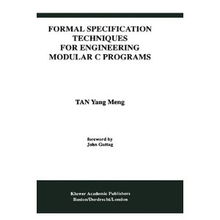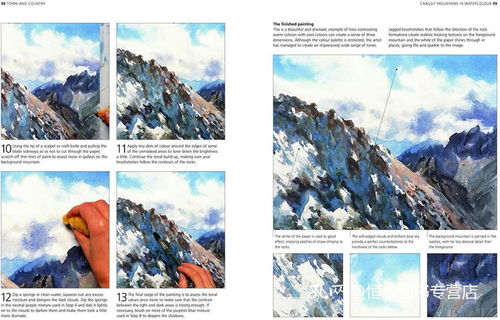Content:
Winter, with its crisp air and serene landscapes, presents a unique challenge to anglers seeking to hook the elusive winter carp. The cold temperatures can make fish more cautious and less active, requiring anglers to adapt their techniques accordingly. In this article, we will delve into the essential techniques for successful winter carp fishing, focusing on the art of winter鲫鱼钓鱼。
Understanding Winter Carp Behavior
Before we dive into the specifics of fishing techniques, it's crucial to understand the behavior of carp during the winter months. Carp are known for their adaptability, but they tend to become more selective and less active in colder waters. They seek out warmer spots, often in the shallows, and prefer to feed on small, slow-moving prey. Here are some key points to consider:
Water Temperature: Carp become less active when water temperatures drop below 50°F (10°C). They prefer water temperatures between 55°F and 65°F (13°C to 18°C).
Shallow Waters: Carp often move to shallow waters in the winter, where the water is warmer. Look for areas with vegetation, such as reeds or lily pads, as these spots can provide insulation and warmth.
Structure: Look for submerged structures like logs, rocks, or weed beds, which can provide shelter and attract carp.
Choosing the Right Equipment
The right equipment can make a significant difference in your winter carp fishing success. Here are some recommendations:
Rod and Reel: A medium-heavy action rod with a sensitive tip is ideal for winter carp fishing. A matched reel with a smooth drag system is also essential.
Line: Use a fluorocarbon line with a low stretch to ensure sensitivity and good hook sets. A line thickness of 0.20 to 0.25 mm is generally sufficient.
Hook: A size 6 to 10 carp hook with a sharp point is ideal. The hook size will depend on the size of the bait you're using.
Bait: Live bait, such as worms, maggots, or small fish, can be highly effective in the winter. Artificial baits like soft plastics or corn can also work well.

Fishing Techniques
Now that you have the right equipment and understand the carp's behavior, let's look at some specific fishing techniques:
Patience is Key: Winter carp are less active, so patience is crucial. Allow your bait to sit undisturbed for longer periods, as carp may take longer to approach.
Drop Shot Technique: This technique involves dropping your bait directly below the rod tip and letting it settle to the bottom. It's ideal for targeting carp in shallow waters.
Trolling: Trolling can be effective in deeper waters. Use a slow troll speed to avoid spooking the fish.
Dead Baiting: Attach your bait to the hook and let it sink to the bottom. This method can be effective for inactive carp.
Feeding the Fish: If you notice carp in a particular area, consider using a small amount of bait to attract them. This can trigger their feeding instincts.
Avoid Spooking: Winter carp are particularly sensitive to noise and movement. Keep your movements to a minimum and avoid sudden actions.
Final Tips
Weather Awareness: Check the weather forecast before heading out. Windy or rainy conditions can make fishing more challenging.
Layered Clothing: Dress in layers to stay warm. The right clothing can make a significant difference in your comfort and ability to fish effectively.
Safety First: Always prioritize safety, especially when fishing on ice or in remote areas.
In conclusion, winter carp fishing requires a combination of patience, understanding of the fish's behavior, and the right techniques. By adapting your approach to the colder conditions and using the right equipment, you can increase your chances of success. Remember, the key is to be patient and to approach each fishing session with a willingness to learn and adapt. With the right mindset and techniques, you'll be well on your way to mastering the art of winter鲫鱼钓鱼.












